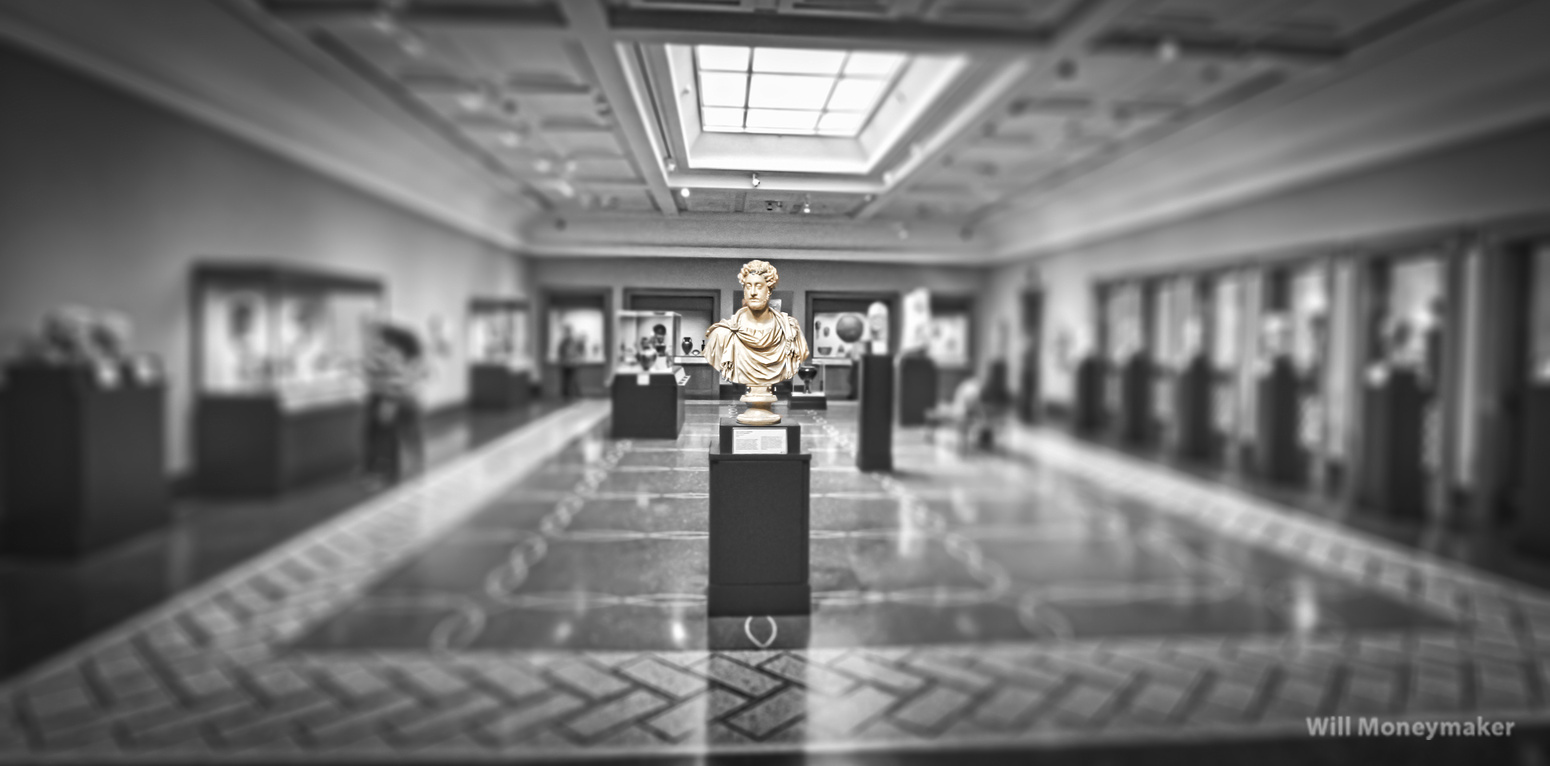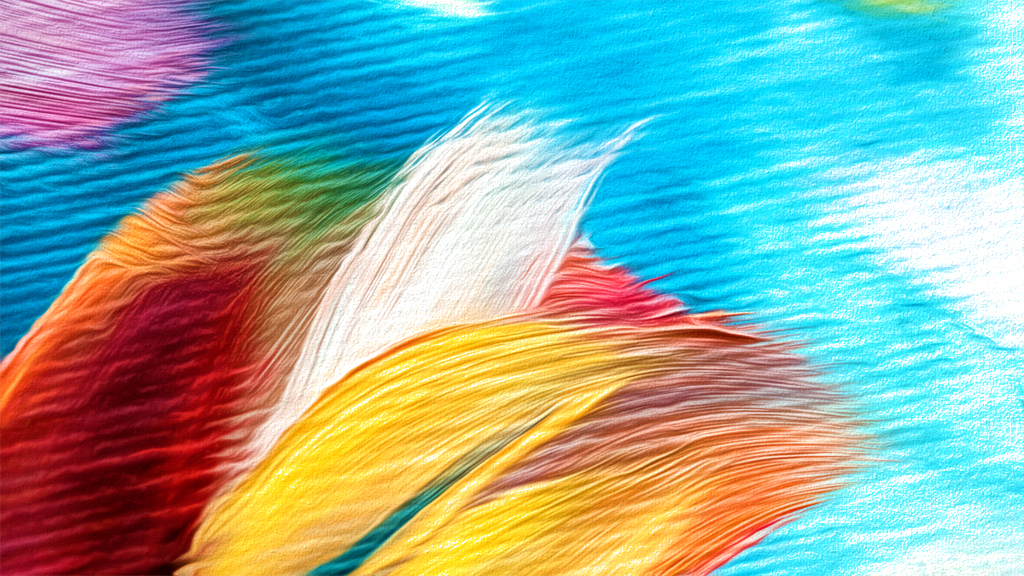Rules are made to be broken, or so the saying goes. But when should those rules be broken? Honestly, I think there’s a tricky balance to strike. Rules are in place because these are the things that are known to work—but just as a broom isn’t always the most effective tool to clean a floor, sometimes the rules aren’t always the right tools to get your message across.
That’s the most important thing to remember about the rules in photography. We learn them—and we learn to abide by them rather strictly, at times—because these are the things that work most of the time. Compositional rules can be considered something of a “sure thing.”
The Rule of Thirds, for instance, usually produces a pleasing composition. We have learned over time that arranging elements within images in this way makes for more dynamic images. It also tempts the eye to wander. If you place a person on one of the vertical lines, looking toward the opposite side of the photograph, one of the first things a viewer will do is follow the person’s gaze to the opposite side of the photograph.
But what happens when we don’t want the viewer’s eye wandering all over the frame? What shall we do when we want to keep their attention dead center? I would say in this case, it’s acceptable to break the Rule of Thirds and compose the image in whatever way best suits what you are trying to accomplish.
The thing is, after a time, we become quite familiar with the rules. We need to learn them and learn them well so that we have a firm foundation in art and so that we can always draw upon this knowledge at will. At the same time, once the rules start becoming second nature? That’s when we can start looking at ways to break them whenever it suits our needs.
And there are many, many rules to break. Not just compositional rules, but other things, too. Not all images need to be perfectly sharp, for example. Sometimes, blurring the whole thing adds the right sense of mystery or obscurity. Or maybe the details were never the point of the image. Maybe all you need to express are the colors or shapes.
The same holds true with things like lighting. If you need lots of darkness in a photograph to tell the right story, then break the rules and underexpose the image. Or break them the other way and make the image too bright, if that is what needs to happen. That’s the interesting thing about art. The rules are there to help guide us, and to help us make sure that most of the time, the things we produce will be pleasing to most people. But there will always be times when going against the grain can actually be beneficial—and it’s all in knowing when to break the rules because doing so improves the image.





